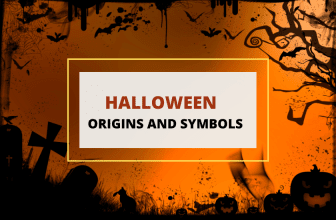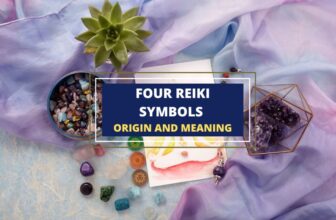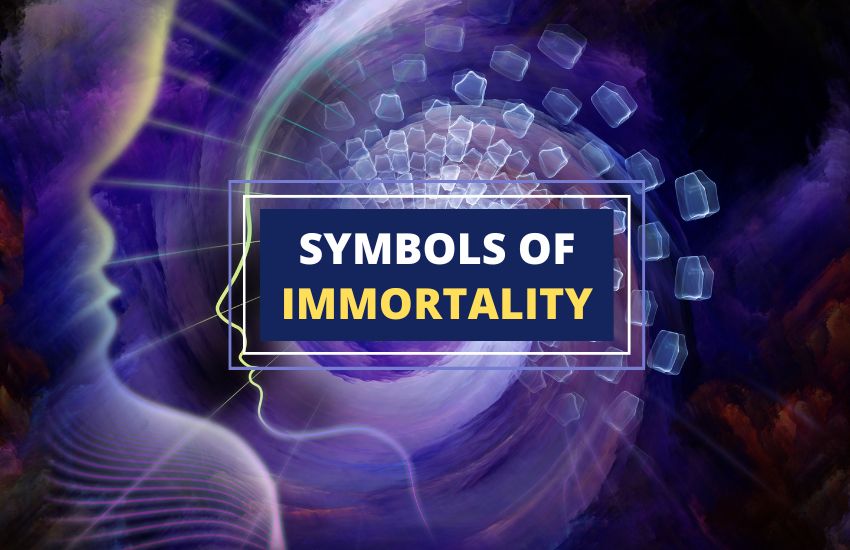
Table of Contents
Since the beginning of human civilization, the quest for immortality has captivated our imaginations. Throughout history, we’ve invented various symbols and myths to represent eternal life, and these have persisted across cultures and religions.
From the fiery Phoenix of Greek mythology to the sacred Lotus Flower of Hinduism, symbols of immortality have helped us to cope with our mortality and aspire to transcend it.
In this article, we’ll explore some of the most fascinating and enduring symbols of immortality, their origins, and their meanings. Whether you’re a history buff, a mythology lover, or simply curious about the human fascination with life beyond death, read on to discover the timeless allure of these timeless symbols.
1. Phoenix
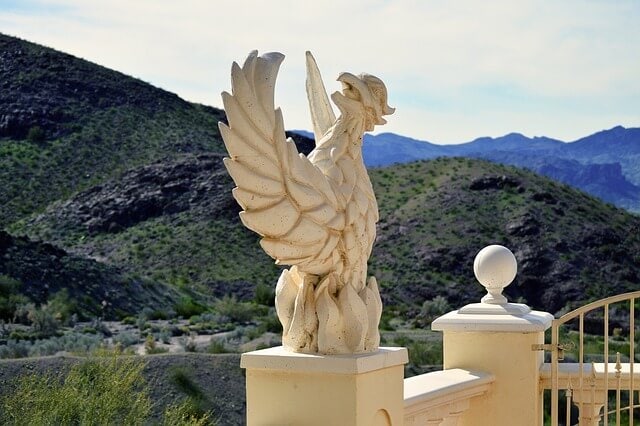
The Phoenix is a mythical bird that has been a symbol of immortality and rebirth for thousands of years. In ancient Greek mythology, the Phoenix was said to live for hundreds of years before immolating itself in flames and being reborn from the ashes.
This cycle of death and rebirth made the Phoenix a powerful symbol of the cyclical nature of life and the possibility of regeneration. The Phoenix has been featured in art, literature, and religion across cultures, including Egyptian, Chinese, and Hindu mythology.
Today, the Phoenix remains a popular and enduring symbol of hope, renewal, and the transcendence of death.
2. Ankh
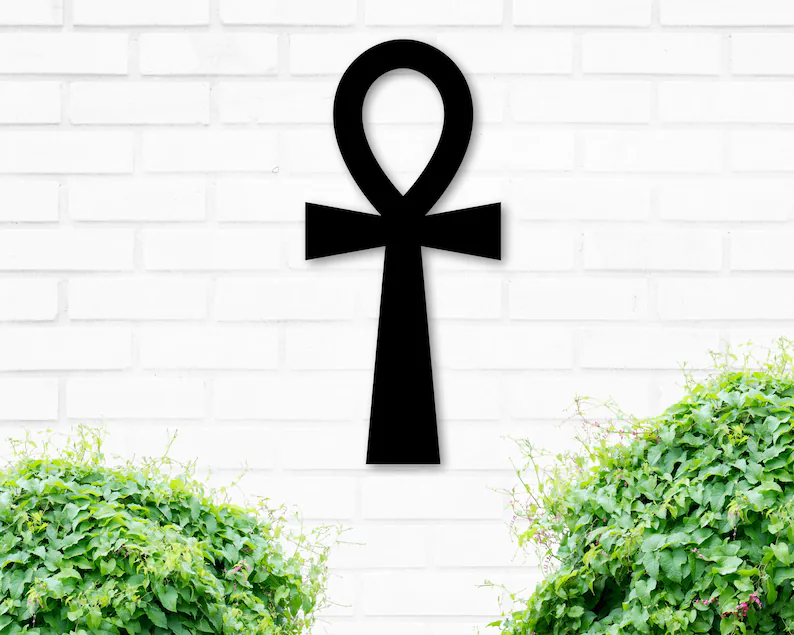
The Ankh is an ancient Egyptian symbol of life and immortality. It’s represented by a cross with a loop at the top and was often carried by gods and pharaohs in religious and funerary art preparations-for-a-good-burial-funerary-art-in-glencairns-ancient-egyptian-gallery.
The Ankh was believed to represent the divine life force that flows through all living things and was a symbol of both physical and spiritual life.
It was also closely associated with the afterlife, as it was believed to be the key that unlocked the gates to the underworld. Even today, Ankh remains a popular symbol of spiritual and mystical significance and is often used in jewelry, tattoos, and other forms of art.
3. Lotus Flower
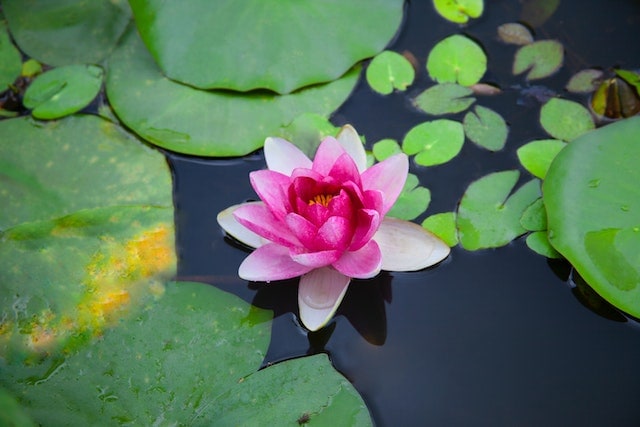
The lotus flower is a symbol of immortality because of its unique ability to emerge from muddy waters unscathed and blossom into a stunning and pure flower.
In many cultures and religions, the lotus represents the cyclical nature of life, death, and rebirth, as well as the human potential to rise above adversity and attain spiritual enlightenment.
The lotus is also associated with the sun, which rises and sets each day, symbolizing the continuous cycle of life and the possibility of renewal.
With its delicate beauty and powerful symbolism, the lotus continues to inspire and uplift people around the world, reminding us of the eternal nature of life and the potential for growth and transformation.
4. Eternal Flame

The Eternal Flame represents the continuity of life and the persistence of the human spirit beyond death. The flame has been used throughout history in various religious and spiritual contexts, symbolizing the presence of divine or eternal power.
In ancient Greek mythology, the goddess Hestia was associated with the hearth and the eternal flame that burned in her temple, representing the continuity of family and community.
In modern times, the Eternal Flame has been used as a symbol of remembrance and honor for those who have died, as well as a symbol of hope and resilience in the face of adversity.
5. Unicorn

The unicorn’s legendary status as a mythical creature that’s said to live for centuries, if not forever, makes it a popular symbol of immortality. In medieval times, it was believed to be a real animal with magical powers and was associated with purity, grace, and healing.
Its horn was said to have healing properties and was highly prized for its ability to purify water and cure illness. The unicorn was also seen as a symbol of Christ, and its death and rebirth were believed to represent the Christian concept of resurrection.
6. Dragon
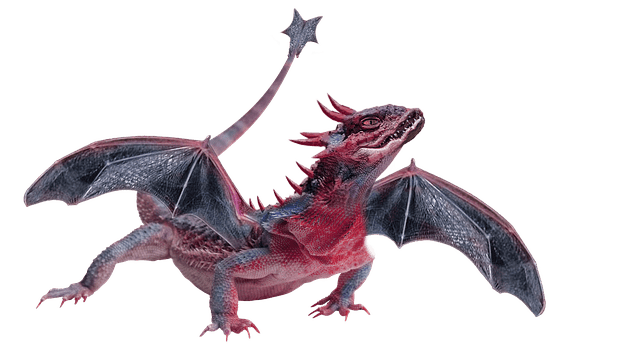
In Chinese mythology, the dragon is seen as a symbol of good luck and fortune and is believed to live for thousands of years. The dragon’s ability to fly and breathe fire also represents its power and transcendence, as it can rise above earthly concerns and transcend human limitations.
In other cultures, the dragon is associated with protection and guardianship, as well as the ability to overcome obstacles and achieve greatness.
7. Infinity Symbol
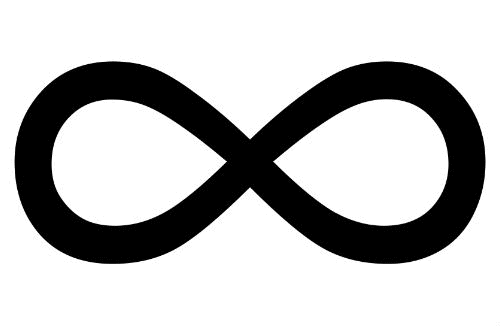
The infinity symbol, also known as the lemniscate, is a unique and powerful symbol of immortality that represents the infinite and eternal nature of the universe and the human spirit.
Its figure-eight shape loops back on itself, creating a never-ending flow that represents the cyclical nature of life and the continuity of existence beyond death. This symbol has been used throughout history in various spiritual and philosophical contexts, representing the concept of eternal life and the infinite potential for growth and transformation.
8. White Stallion

In some cultures, the white stallion is associated with gods and goddesses, representing their power and divine status. In Greek mythology, the god Poseidon is often depicted riding a white stallion, while in Hindu mythology, the god Vishnu is believed to ride a white stallion named Kalki.
The white stallion is also associated with purity and innocence, as well as the ability to transcend earthly limitations and achieve greatness. It’s been used as a symbol of victory and triumph in many contexts, from ancient battles to modern sports events.
9. Tree of Life

The Tree of Life is a powerful symbol that represents immortality as well as the interconnectedness of all living things and the continuity of life. It’s often depicted as a tree with roots that extend deep into the earth and branches that reach up to the sky, symbolizing the connection between heaven and earth.
Also associated with renewal, growth, and the cycles of life and death, the Tree of Life is believed to possess healing powers. In some cultures, it’s seen as a source of wisdom and enlightenment.
10. Scarab Beetle
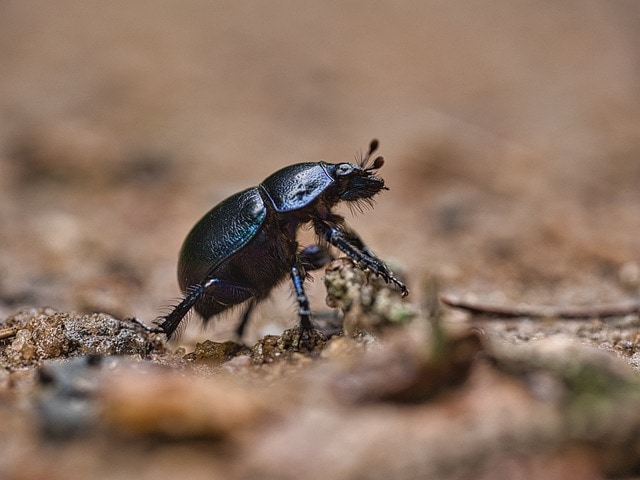
The scarab beetle, also known as the dung beetle, is an unusual and fascinating symbol of immortality that’s been revered in ancient Egyptian culture for thousands of years. The scarab beetle was believed to have the ability to roll a ball of dung across the ground and lay its eggs inside, which would then hatch into new life.
This process was seen as a powerful metaphor for the cyclical nature of life and death, and the idea that life is constantly renewing itself. The beetle was also associated with the sun god Ra, who was believed to roll the sun across the sky each day, bringing new life and vitality to the world.
11. Peacock

In Hindu mythology, the peacock, a popular symbol of immortality, is associated with the god Kartikeya, who’s believed to have ridden a peacock into battle.
This majestic bird is also associated with the goddess Hera in Greek mythology and is believed to have the power to regenerate itself through its magnificent feathers, which are said to represent the eyes of the stars.
The peacock is also often seen as a symbol of renewal and rebirth, as well as of spiritual awakening and enlightenment. Its iridescent feathers are believed to represent the cycles of life, death, and rebirth, and its graceful movements are seen as a symbol of the eternal dance of creation.
12. Ouroboros
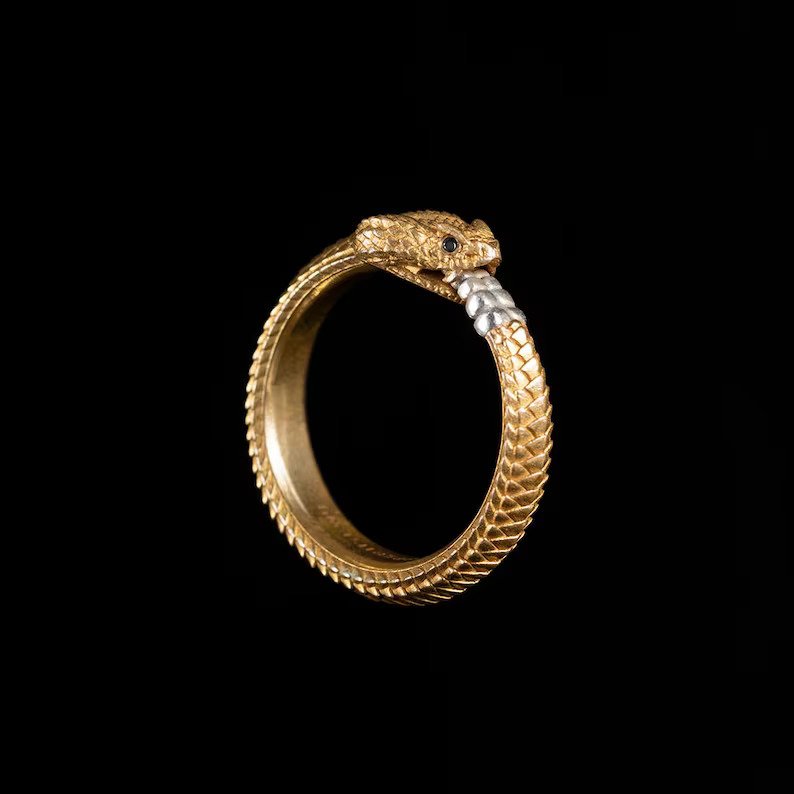
This ancient symbol depicts a serpent or dragon eating its own tail, creating a never-ending cycle of destruction and creation. In some cultures, the Ouroboros is also associated with the sun or with cosmic forces, representing the cyclical nature of time and the endless repetition of the seasons.
What makes the Ouroboros particularly interesting is that it can be interpreted in many different ways, depending on the culture or context in which it is used. For some, the Ouroboros is a symbol of the alchemical process of transformation, while for others it represents the balance between opposing forces.
Whatever its meaning, the Ouroboros remains a powerful and fascinating symbol of the mysteries of life and the eternal quest for knowledge and understanding.
13. Moon
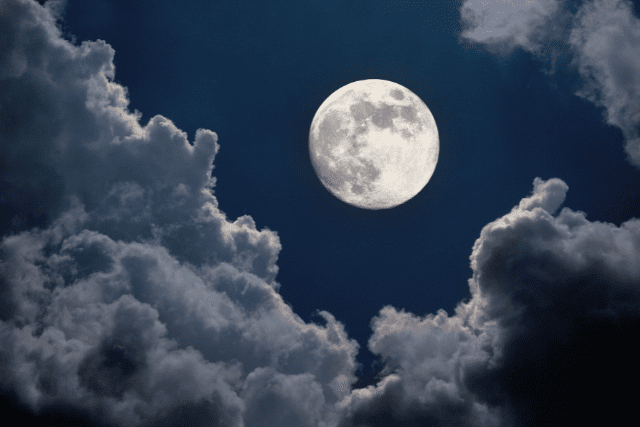
Throughout history, various cultures have associated the moon with the concept of eternal life. For instance, in ancient Greek mythology, the goddess Selene was believed to drive her moon chariot across the sky every night, carrying the souls of the dead to the afterlife.
In Chinese folklore, the moon is home to a goddess named Chang’e, who is said to have become immortal after drinking an elixir of life.
Of course, the moon can also symbolize different things depending on one’s perspective. Some might see it as a symbol of romance or mystery, while others might associate it with transformation or cycles of change.
Despite its many phases and changes, the moon remains a constant presence in the sky, reminding us of the eternal nature of the universe.
14. Fish
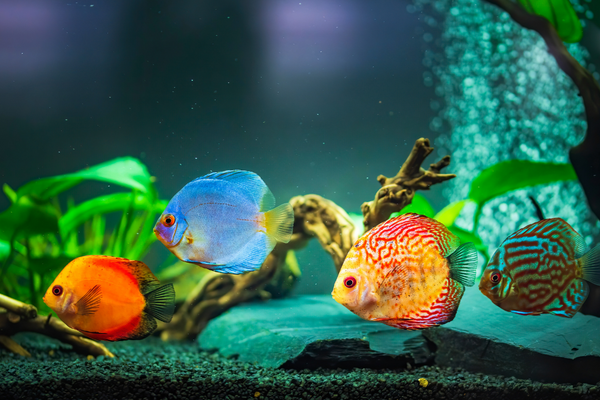
Some cultures believe that fish are a symbol of everlasting life because of their ability to live for long periods of time. In fact, some species of fish are known to live for over a hundred years! This might make them a fitting symbol for the concept of immortality.
Additionally, some religions, such as Christianity, associate fish with eternal life. In the New Testament, Jesus is said to have performed a miracle in which he fed a crowd of people with just a few fish and loaves of bread. This story has been interpreted by some as a symbol of spiritual nourishment and the promise of eternal life.
15. Reishi Mushroom
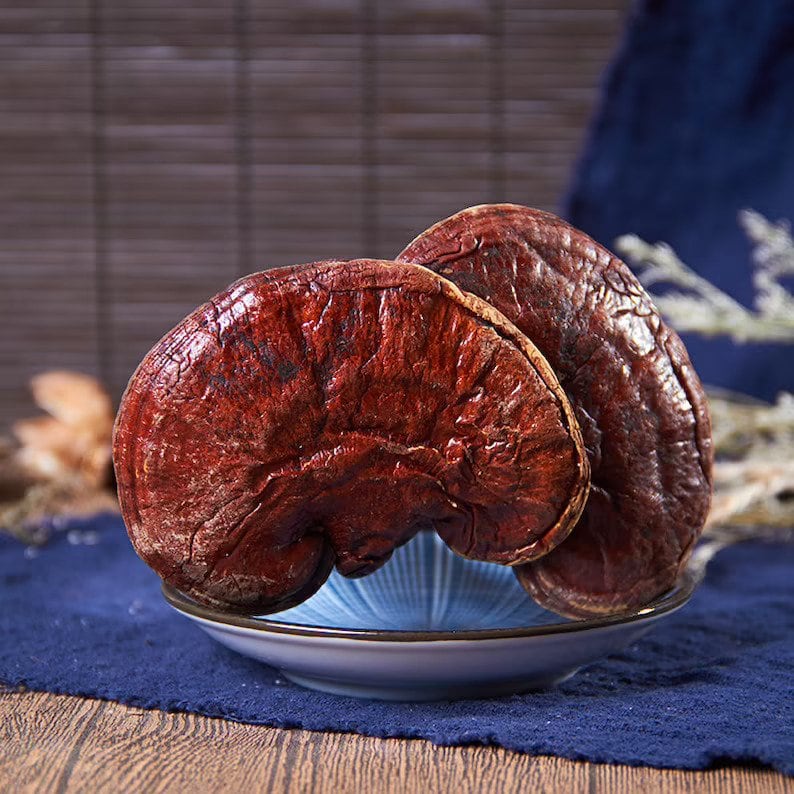
In traditional Chinese medicine, the reishi mushroom is known as the “mushroom of immortality.” It’s been used for thousands of years to promote health and longevity, and some believe it has the power to enhance the body’s natural healing abilities and even extend its lifespan.
So, while the reishi mushroom may not necessarily be a literal symbol of immortality, its longstanding use in traditional medicine as a means of promoting longevity and well-being has certainly contributed to its association with the concept of eternal life.
Whether you believe in its purported health benefits or simply enjoy its unique flavor and texture, there’s no denying that the reishi mushroom has a special place in many cultures around the world.
Wrapping Up
The idea of immortality has fascinated humanity for centuries, and symbols associated with this concept can be found across cultures and traditions. From the moon and fish to mushrooms and beyond, these symbols remind us of the eternal nature of the universe and offer us a glimpse into the mysteries of life and death.
While their meanings may vary depending on one’s perspective, there’s no denying the enduring power and appeal of these timeless symbols of immortality.
Similar Articles:
18 Powerful Symbols of Longevity and Their Meanings
19 Powerful Symbols of Optimism and What They Mean
19 Powerful Symbols of Perseverance and What They Mean
29 Powerful Symbols of Achievement and Success and What They Mean






